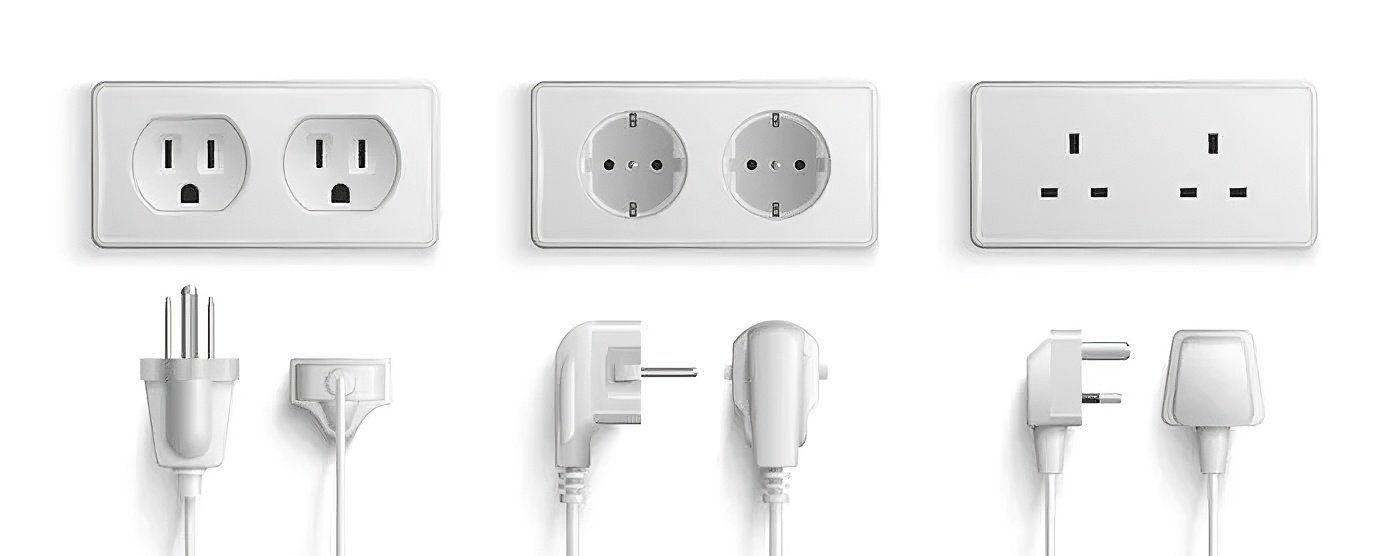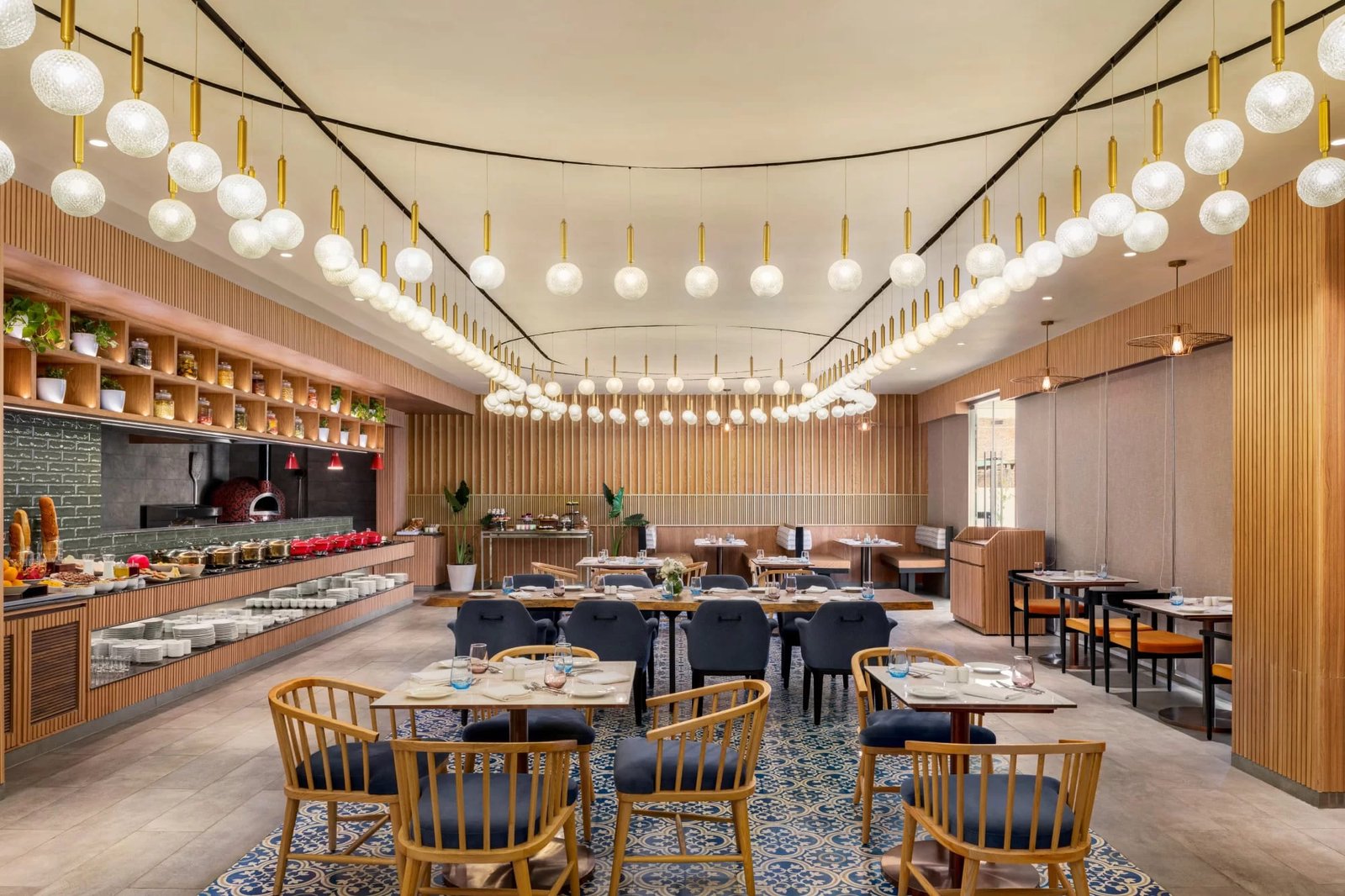Choosing the ideal material for roof flooring involves evaluating durability, aesthetics, cost, and long-term maintenance. In India, where architectural design and climatic variations play a major role in material selection, two premium options often compete for the top spot: sandstone and marble. Both materials offer distinctive qualities, but depending on the project scope and usage, one may outweigh the other. This article provides a comprehensive analysis rooted in real-world applications and expert experience to help you make the right choice.
Sandstone, a naturally textured sedimentary rock, has earned its reputation for being a robust outdoor flooring option. It is widely used for rooftop spaces due to its weather-resistant properties and rugged charm. In contrast, marble—formed through the metamorphosis of limestone—boasts a timeless elegance, making it a popular option in both luxury interiors and selective exteriors.
For homeowners and architects alike, sourcing high-quality natural stone is key. Trusted Sandstone suppliers in India like Galaxy Exports Udaipur ensure not just product consistency but also industry-standard quality assurance, which is critical when working on long-term construction or restoration projects.
Weather Resistance and Durability
When it comes to roof flooring, exposure to harsh sun, heavy rains, and fluctuating temperatures is inevitable. Sandstone, with its inherent density and low water absorption, offers high resistance to weathering. This makes it especially suitable for terrace gardens, open patios, and rooftop sit-outs. Sandstone doesn’t fade quickly and maintains its grip, making it safe during wet seasons.
Marble, though known for its opulence, is more porous and sensitive to weather fluctuations. Over time, unsealed marble can develop stains or lose its shine, especially when exposed to constant sunlight or acidic rains. While it can be used on rooftops, its placement should be strategic—preferably under covered gazebos or semi-open lounges.
Maintenance Needs Over Time
One of the decisive factors in selecting roofing materials is how they age. Sandstone generally requires less frequent maintenance. Occasional sweeping and power washing are enough to maintain its appearance. For colored variants like Rainbow Sandstone, sealing can help preserve the vibrancy while still keeping upkeep minimal.
Marble requires a more attentive routine. Polishing, resealing, and cleaning with pH-neutral products are essential for keeping its luster intact. For rooftops, this can increase the cost and effort involved in maintaining the stone over the years. While its appeal is undeniable, the ongoing maintenance might make it less feasible for open roof flooring.
Aesthetic Value and Design Versatility
Aesthetics often influence decisions in residential and commercial design. Sandstone offers a naturally coarse texture and earthy tones, making it blend beautifully with outdoor settings. Stones like Teakwood Sandstone provide wooden-like grains that appeal to rustic and modern designs alike. Its tactile texture adds a dimension of natural charm that works well in minimalist rooftop spaces.
On the other hand, marble exudes a luxurious aura. Its smooth finish and veined patterns are ideal for creating a refined and elegant ambiance. In rooftop spaces that serve as extensions of indoor lounges or dining areas, marble can elevate the atmosphere. However, its aesthetic brilliance often demands a higher budget and more careful placement.
Safety Considerations
Safety is a critical element when choosing flooring for areas exposed to rain or moisture. Sandstone’s rough texture provides better slip resistance compared to polished marble. For homes with children or elderly residents, this can be a deciding factor. Additionally, the stone stays relatively cool even under the summer sun, making it comfortable to walk on barefoot.
Marble, when wet, becomes slippery and potentially hazardous. Although anti-slip treatments can be applied, they often alter the stone’s natural appearance and require reapplication over time. For open terraces or swimming pool decks, this could be a limitation that affects long-term usability.
Cost Efficiency and ROI
From a cost perspective, sandstone is generally more budget-friendly. Its availability and ease of installation make it a practical choice for large rooftop projects. Its lower maintenance needs also mean reduced long-term expenses.
Marble is a premium material and comes with a premium price tag. Installation, maintenance, and eventual refurbishment can be expensive. However, when used wisely, it can significantly increase property value, especially in high-end developments or boutique hospitality spaces. For those looking at aesthetic ROI, marble may be justifiable, but for functional and economic value, sandstone often leads the way.
Environmental Impact
Sandstone mining and processing typically consume less energy compared to marble. Furthermore, its durability and lower need for chemical maintenance make it a more sustainable option in the long run. Architects focused on green building practices often prefer sandstone for its lower carbon footprint.
Marble, although recyclable, involves intensive extraction and polishing processes that increase its environmental impact. While there are eco-conscious marble options available, they require diligent sourcing from ethical Marble supplier in India brands that adhere to sustainable mining practices.
Conclusion: Which One Wins?
Both sandstone and marble have unique strengths, but when judged specifically for open roof flooring applications, sandstone appears to have the edge in terms of durability, safety, and maintenance. Its natural resilience to the elements, earthy aesthetics, and cost-effectiveness make it ideal for Indian climate conditions. Marble, with its upscale appearance, suits more curated and sheltered rooftop installations where weather exposure is limited.
Ultimately, the decision comes down to how the space will be used, the environmental exposure, and the desired balance between function and beauty. By working with trusted stone exporters like Galaxy Exports Udaipur, buyers can ensure quality assurance no matter which material they choose.




